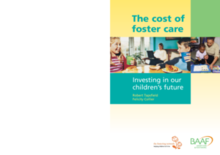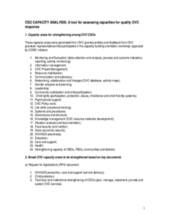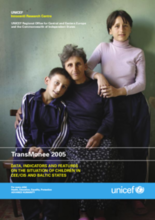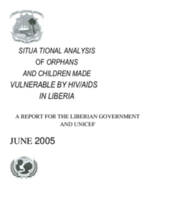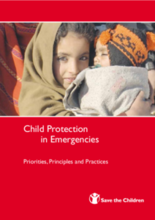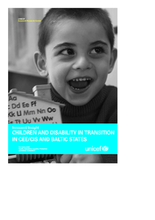Displaying 491 - 500 of 565
This report assesses the expenditure which is required to transform foster care services across the UK, in order to give children in public care the same opportunities to have a successful future as other children. Contains relevant statistics and social welfare system reform recommendations.
This document provides a tool that was used to assess broad capacity areas for quality OVC response in Uganda.
This report examines the social and economic trends and challenges affecting children in CEE/CIS and the Baltic States. Social orphanhood, maternal and infant mortality rates, deaths from accidents and injuries, infectious disease, and low public health expenditures are addressed.
The first situational analysis of children orphaned or made vulnerable by HIV/AIDS in Liberia that provides baseline information for developing national planning processes for OVCs.
Outlines the impact of a pre-pilot conditional cash transfer scheme implemented in Kenya and defines key issues to be considered before moving forward into pilot and national schemes. Short annexes include tools/frameworks to guide implementation.
A twelve page policy brief that outlines Save the Children's position on the type of protection children need in an emergency. Contains some statistical information.
The TransMONEE statistical tables display indicators of human welfare in the 27 countries of CEE/CIS and Baltic States. Population, natality, maternal and child mortality, health, education, child protection and economics serve as the key indicators.
A simple, one-page form designed to assess child protection needs in immediate relief situations.
Description and findings of a pilot survey designed to monitor and evaluate national responses for children orphaned and made vulnerable by HIV/AIDS. Shows that over 99% of all children live in family care.
Report presents and analyzes new research and data around children with disabilities in the region, the effects of institutional care, and the need for family support services.

